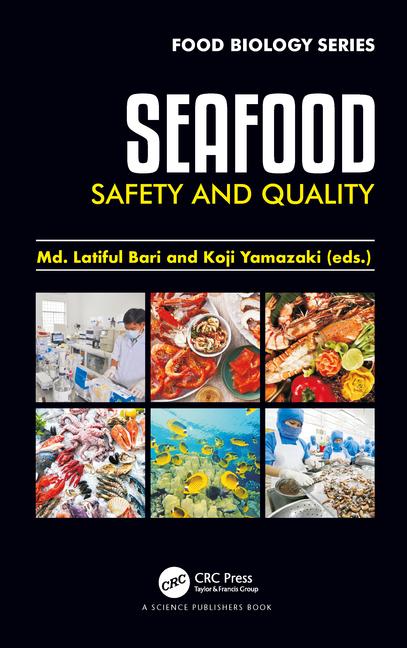Salt has been used to preserve foods for centuries. Use of sodium salts, including sodium chloride, sodium lactate, sodium diacetate, and sodium nitrite, in ready-to-eat meat and poultry products has increased substantially in the past century as their essential capabilities in preservation and food safety have been validated.
Sodium nitrite and sodium lactate have both been shown to inhibit growth of Clostridium perfringens and Clostridium botulinum during extended cooling of meats or in the event of temperature abuse at retail or by the consumer. Even when salt levels alone are insufficient to prevent growth of pathogens and spoilage organisms, salt may depress microbial growth rates and work in conjunction with other preservatives, such as organic acids, or temperature control, to prevent growth and toxin production.
This multiple-hurdle technology is successfully used to ensure safety of foods and extend shelf life.
Within the past 15 years, combinations of sodium lactate, diacetate, nitrite and salt have routinely been used to inhibit growth of Listeria monocytogenes during extended refrigerated storage. According to a 2003 risk assessment, deli meats without growth inhibitors were responsible for approximately 90 percent of listeriosis cases in the United States; however, a 2010 assessment estimated that widespread reformulation of deli meats with these sodium-based salts was associated with a 2.8- to 9-fold reduction in human listeriosis deaths. As a result, industry and the food-safety community are reluctant to remove these inhibitors without using suitable and validated substitutes.
Sodium in RTE meat and poultry products can be reduced by partially replacing sodium with potassium salts, or through the use of low concentrations of effective, traditional antimicrobials, such as sodium benzoate, and sodium propionate at levels allowed by government regulations.
Sodium lactate-sodium diacetate blends have been replaced with potassium lactate-sodium diacetate. However, since the molecular weight of potassium lactate is greater than the sodium salt, substitution is made on a molar basis to provide equivalent inhibition of L. monocytogenes or Clostridium sp.. Similarly, partial substitution of sodium chloride with potassium chloride on a molar basis is likely to have equivalent growth inhibition properties. Sodium propionate used at a 0.2% level in a cured ham product imparts only 47 ppm additional sodium for a 50 g serving, compared to 275 ppm for a 1.6% pure sodium lactate-0.1% sodium diacetate addition. Yet this sodium propionate addition still retains similar levels of anti-listerial activity during 80 days storage at 40°F.
More recently, alternate growth inhibitors which are marketed under the “natural” claim have been proposed as an alternative to reduce the total level of sodium salts. Several examples include microbial fermentates which contain bacteriocins, blends of organic acids, plant extracts, or combinations of these ingredients. Many of these ingredients are most effective when used in conjunction with nitrite, whether derived from synthetic sodium nitrite or from cultured celery powder. However, the sodium contributions by these ingredients are variable and inhibitory properties must be validated.
Although no single ingredient has been identified to replace sodium-based salts for all applications, modest sodium reduction in ready-to-eat meat and poultry products can be made while maintaining safety.






Report Abusive Comment